Maintaining clean roof drain pipes ensures proper drainage and prevents significant water damage to buildings. Over time, debris and sediment can accumulate in these pipes, leading to clogs that hinder water flow.
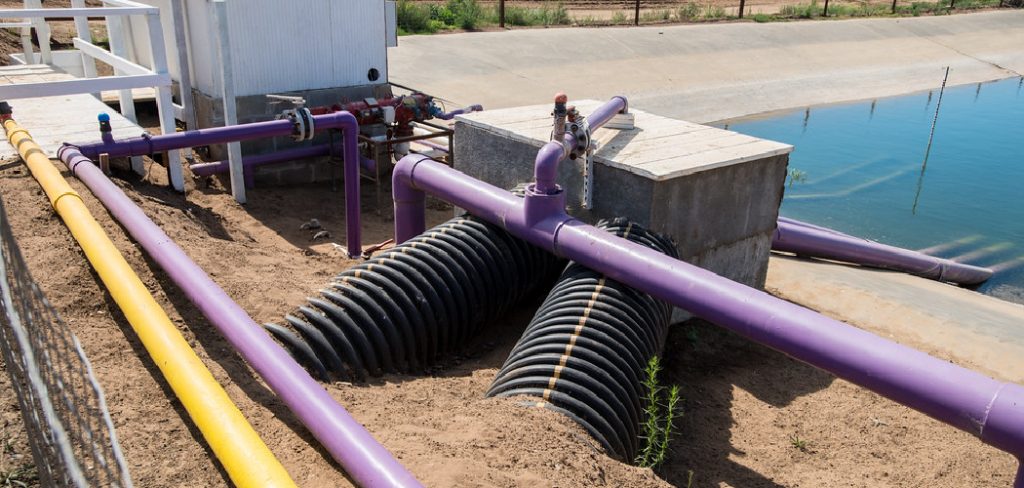
When roof drain pipes are clogged, the consequences can be severe, including water overflow, leaks, and even structural issues that compromise the integrity of the building. Therefore, understanding how to clean roof drain pipes is essential for homeowners and property managers alike.
In this article, we will explore various methods and steps designed to effectively clean roof drain pipes, including manual cleaning, using a plumbing snake, and employing high-pressure washing techniques. By following these preventative measures and cleaning strategies, property owners can significantly reduce the risk of clogs and maintain the longevity of their drainage systems.
Understanding Roof Drain Pipes
What Are Roof Drain Pipes?
Roof drain pipes are essential components of a building’s drainage system, specifically designed to channel rainwater away from the roof and direct it into the stormwater drainage system. By effectively transporting water, these pipes help prevent water accumulation on the roof, which can lead to leaks and structural damage.
Their primary function is to manage roof runoff, ensuring that excess water is expelled quickly and efficiently, thereby protecting the building’s foundation and overall structural integrity from potential water-related issues.
Common Causes of Clogs
Clogs in roof drain pipes can lead to serious drainage problems if not addressed promptly. One common cause of clogs is the accumulation of debris, such as leaves, twigs, and other organic materials, which can block water flow.
Additionally, sediment and dirt from storms or environmental factors can build up in the pipes over time, exacerbating the likelihood of blockages. Regular inspection and maintenance are crucial to address these issues and ensure the longevity and functionality of roof drain systems.
Initial Inspection and Preparation
Step 1: Inspect the Roof Drain Pipes
- How to Do It: Examine the roof and drain pipes for any signs of clogging or debris. Utilizing binoculars can help you identify issues from the ground, but if necessary, use a sturdy ladder to get a closer look. Ensure that you are cautious and secure while on the ladder.
- Why It’s Important: Identifying the type and extent of the blockage is crucial, as it informs your choice of the most effective cleaning method for the situation. Regular inspections can preempt more significant water drainage problems.
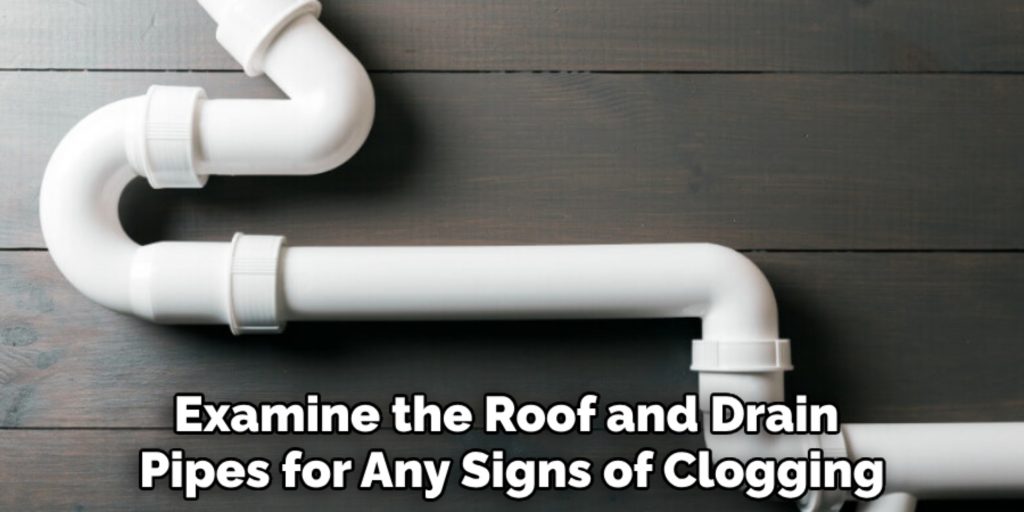
Step 2: Prepare the Work Area
- How to Do It: Ensure your safety by using a sturdy ladder and wearing appropriate protective gear, such as gloves and safety glasses. Prior to beginning any work, clear the area around the roof drain pipe to provide unobstructed access for cleaning tasks.
- Why It’s Important: Proper preparation not only enhances your safety while working at heights but also ensures that you can carry out cleaning efficiently without unnecessary interruptions or hazards. A well-prepared work area promotes a smoother and more effective cleaning process.
How to Clean Roof Drain Pipes: Methods to Follow
Step 1: Manual Cleaning
- How to Do It: Begin manually cleaning by carefully removing the drain cover. Once exposed, use a scoop or trowel to remove any visible debris from the roof drain pipe, such as leaves, twigs, and mud. Pay close attention to the areas where blockages are most likely to occur. As you collect the debris, ensure that you dispose of it properly, preventing it from re-entering the drainage system.
- Why It’s Effective: Manual removal is a highly effective method for clearing visible debris, allowing for immediate access to the source of the blockage. This hands-on approach helps prevent future clogs by ensuring that larger materials do not accumulate within the pipes, maintaining an unobstructed flow of rainwater.
Step 2: Use a Plumbing Snake
- How to Do It: After manual cleaning, if you suspect further blockages deeper in the system, insert a plumbing snake into the drain pipe access point. Gently rotate the handle of the snake to navigate it through the pipe. As you feed the snake into the pipe, continue rotating it to break up any clogs that may be obstructing the flow. Once you feel resistance, pull the snake out, carefully dislodging any material stuck inside.
- Why It’s Effective: A plumbing snake is designed to reach deep into the pipe, making it an invaluable tool for dislodging clogs that manual methods might miss. Its flexible design allows it to maneuver around bends and corners within the piping, effectively tackling blockages that would otherwise impede water flow.
Step 3: Use a Pressure Washer
- How to Do It: For thorough cleaning, especially after using the plumbing snake, attach a pressure washer with a suitable nozzle to the drain pipe access point. Turn on the pressure washer and apply high-pressure water directly into the pipe. Be sure to use a spray pattern that effectively flushes out debris without damaging the pipe’s interior. Move the nozzle back and forth to ensure that all areas are cleaned, and maintain a safe distance to avoid any splashes or pressure-related issues.
- Why It’s Effective: Utilizing high-pressure water is one of the most effective methods for removing stubborn debris and sediment from roof drain pipes. The force of the water is capable of dislodging even the most entrenched blockages, leaving the pipes clean and clear for efficient drainage. This method is particularly useful for maintaining the long-term functionality of the drainage system and ensuring that it can handle heavy rain events.
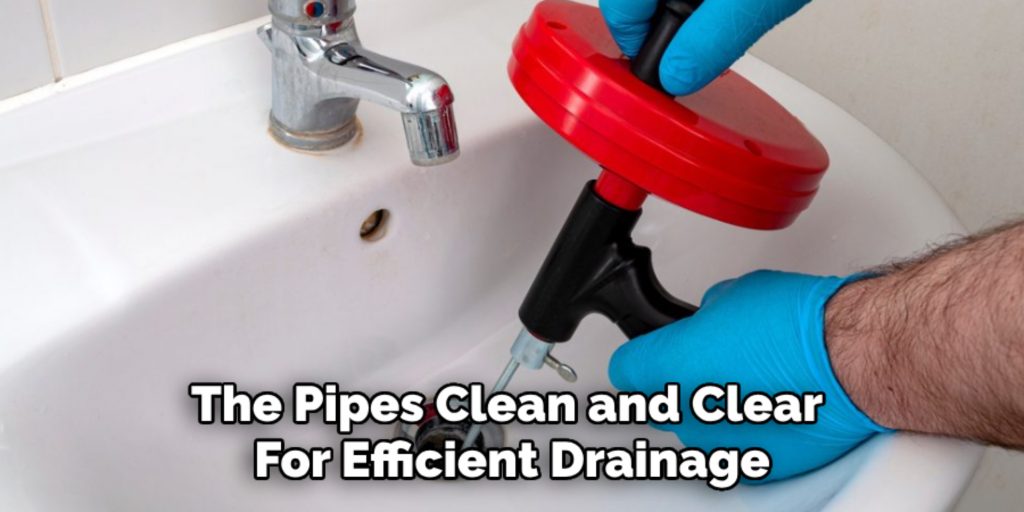
Preventing Future Clogs
Step 1: Regular Maintenance
- How to Do It: Schedule regular inspections and cleanings of roof drain pipes to prevent debris buildup. Regularly remove leaves and other organic materials from the roof and ensure drain covers are clear.
- Why It’s Important: Consistent maintenance keeps roof drain pipes functioning properly, significantly reducing the risk of blockages. By proactively addressing potential issues, you can avoid costly repairs and ensure that the drainage system operates efficiently during heavy rainfall or storms.
Step 2: Install Gutter Guards
- How to Do It: Consider installing gutter guards or screens over the roof drain openings to prevent debris from entering the pipes. Make sure to select guards that fit securely and check them regularly for buildup or damage.
- Why It’s Important: Gutter guards are an effective measure to keep leaves and other debris out of the drain pipes, minimizing the likelihood of clogs. By reducing the volume of material that can accumulate in the system, you will enhance the longevity and reliability of your roof drainage infrastructure.
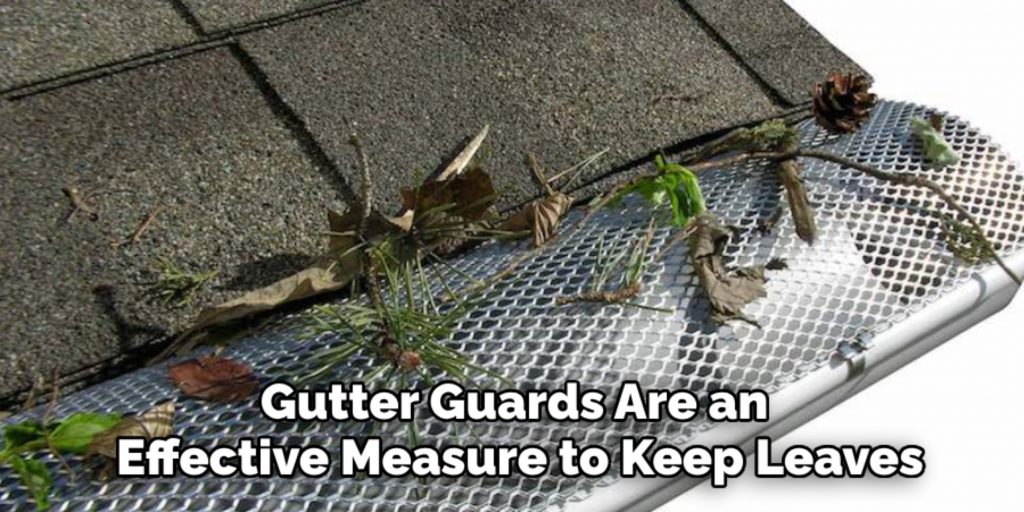
When to Call a Professional
Severe Blockages
- What to Do: If blockages are severe or if manual and basic cleaning methods are not effective, it is essential to consult a professional plumber or roof maintenance specialist. They possess the expertise and tools required to accurately diagnose and resolve problems efficiently. Delaying action in such scenarios could lead to further complications, including water damage or flooding, making professional intervention crucial to protect your property.
Complex Issues
- What to Do: For issues involving significant damage to the roof drain system or complex clogs, seeking professional assistance is highly recommended. These specialists can thoroughly clean, repair, or replace damaged components, ensuring that the drainage system operates optimally. Their experience also allows them to tackle intricate problems that may not be apparent, preventing future degradation of your roof’s drainage capabilities.
Frequently Asked Questions (FAQs)
Q1: How Often Should I Clean My Roof Drain Pipes?
A: It’s recommended that roof drain pipes be inspected and cleaned at least twice a year, ideally in the spring and fall. However, if your property is surrounded by trees or experiences heavy rainfall, more frequent maintenance may be necessary to prevent clogs.
Q2: What Tools Do I Need for Cleaning Roof Drain Pipes?
A: Basic tools for cleaning roof drain pipes include a scoop or trowel for manual debris removal, a plumbing snake for deeper clogs, and a pressure washer for thorough cleaning. Safety gear, such as gloves and goggles, is also advisable to protect yourself during the process.
Q3: Can I Use Chemical Drain Cleaners on Roof Drain Pipes?
A: It’s generally not advisable to use chemical drain cleaners in roof drain pipes, as they can damage the piping material and harm the environment. Instead, focus on mechanical methods or natural cleaning solutions to address clogs.
Q4: How Can I Tell if My Roof Drain Pipes Are Clogged?
A: Signs of clogged roof drain pipes include slow water drainage, pooling on the roof after heavy rain, and water backup in gutters or downspouts. Additionally, visible debris or a foul smell near drain openings may indicate a blockage.
Q5: What Should I Do if I Notice a Leak Near My Roof Drain?
A: If you observe a leak near your roof drain, it’s essential to address it promptly. Check for visible blockages and clear them if possible. If the leak persists or if you suspect damage to the drain system, contact a professional plumber for a comprehensive inspection and repairs.
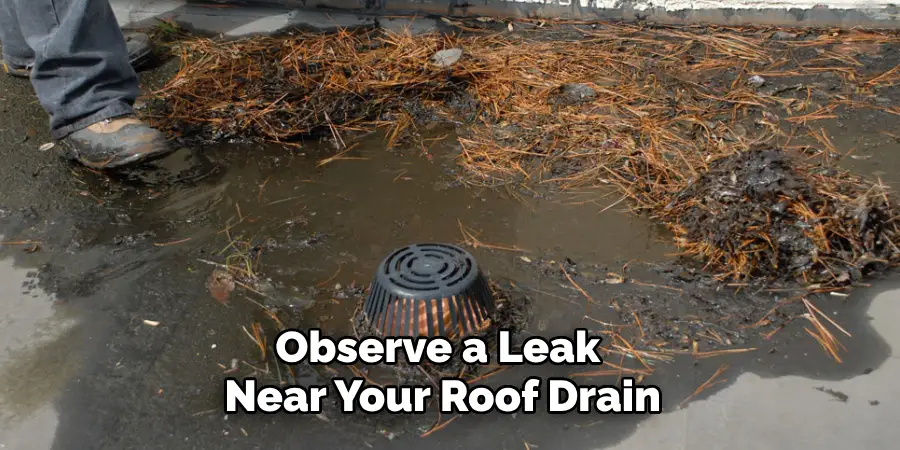
Conclusion
In summary, knowing how to clean roof drain pipes effectively involves a few key methods: manual cleaning to remove visible debris, utilizing a plumbing snake for deeper blockages, and employing a pressure washer for a thorough cleaning.
Each of these methods plays a crucial role in maintaining optimum drainage performance. Equally important is preventing future clogs; regular maintenance and installing gutter guards help mitigate the risk of blockages, ensuring efficient water flow.
As a final tip, it is vital for property owners to be proactive in maintaining their roof drain pipes and to recognize when it’s necessary to seek professional assistance for more serious issues. Doing so will protect your property from potential water damage and maintain the longevity of your drainage system.
